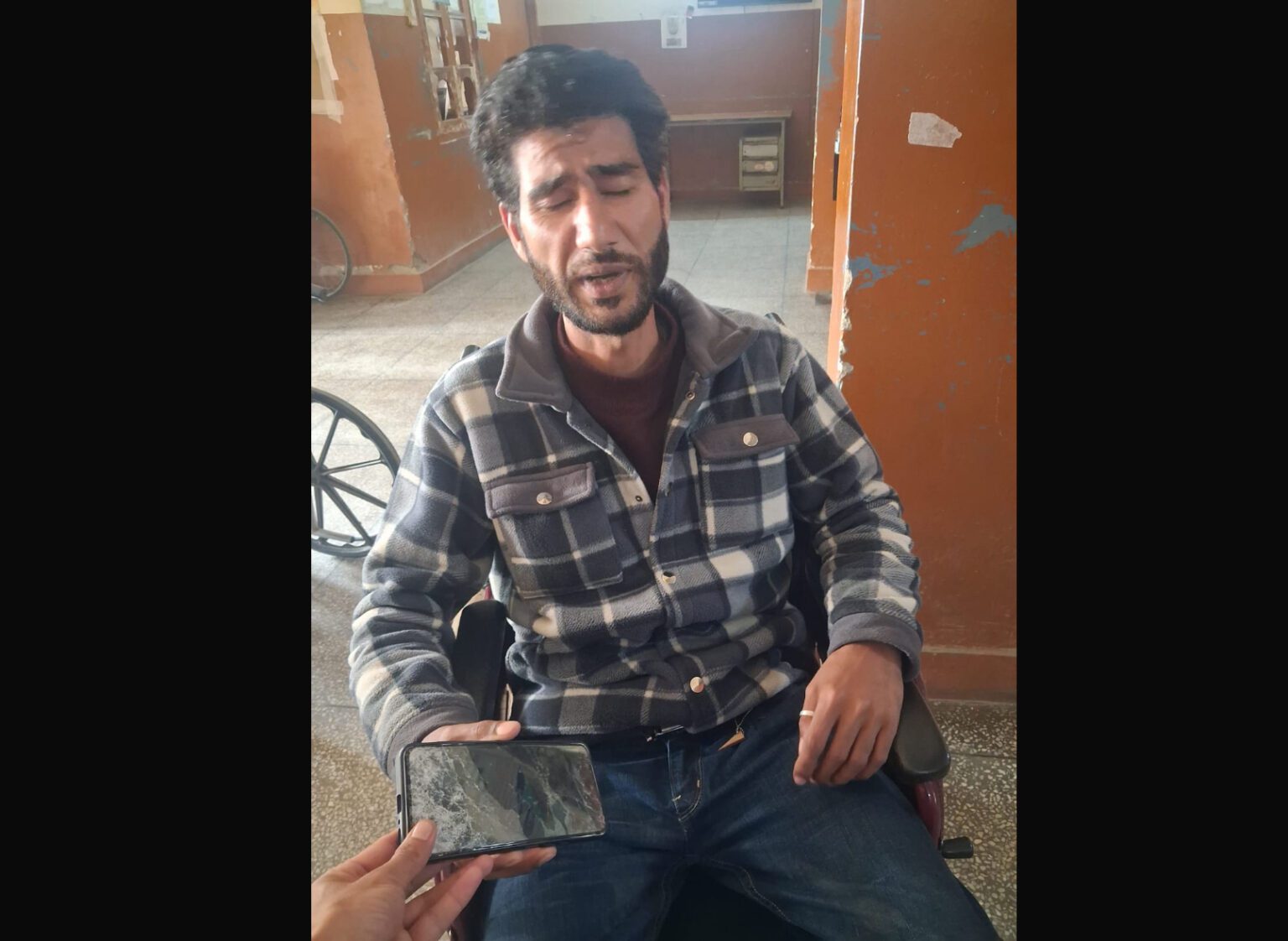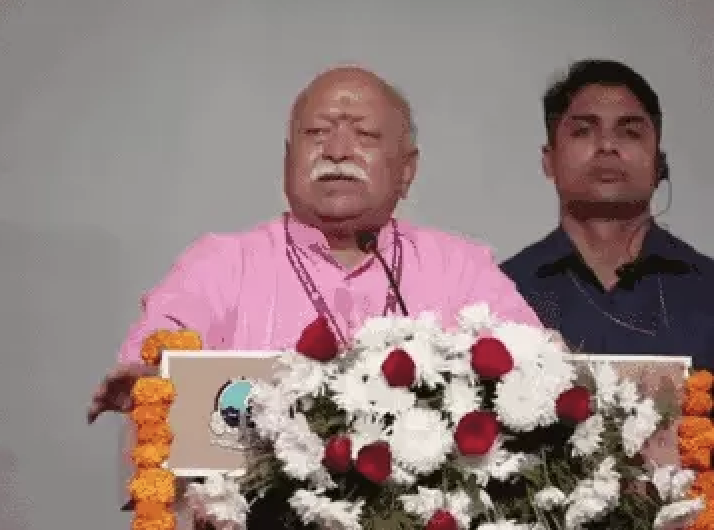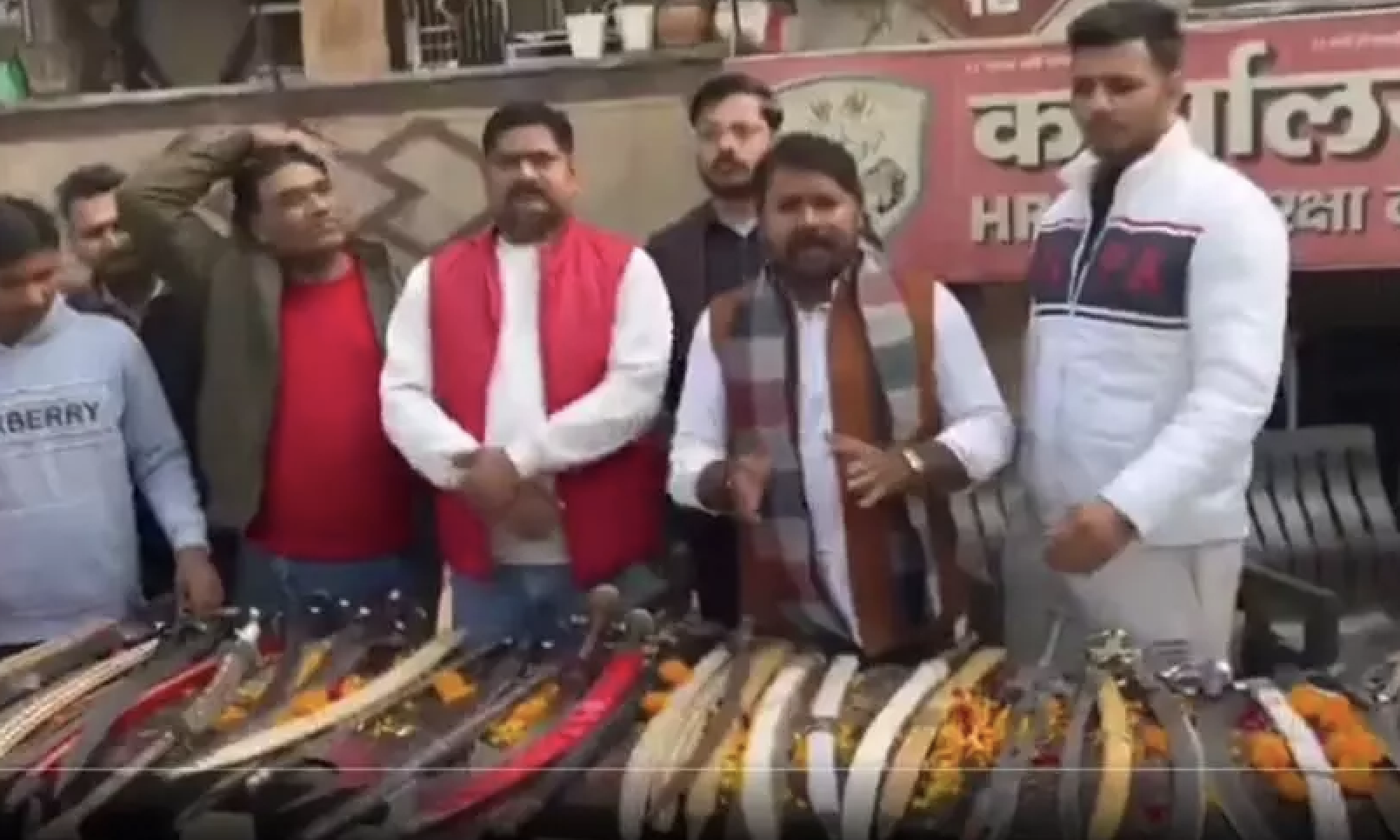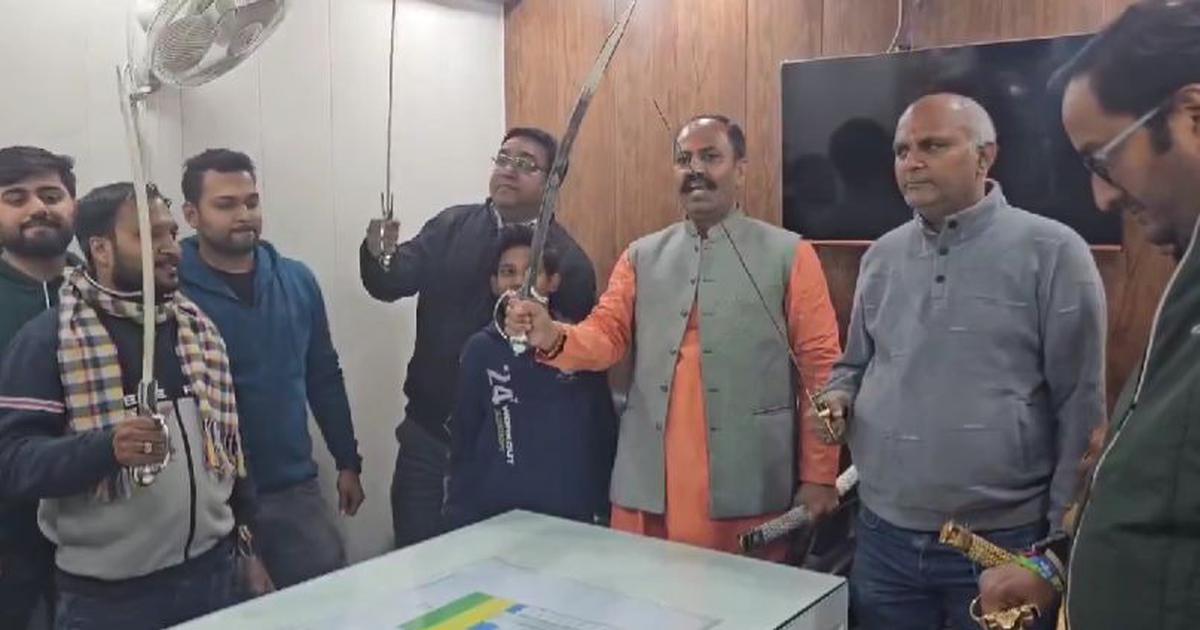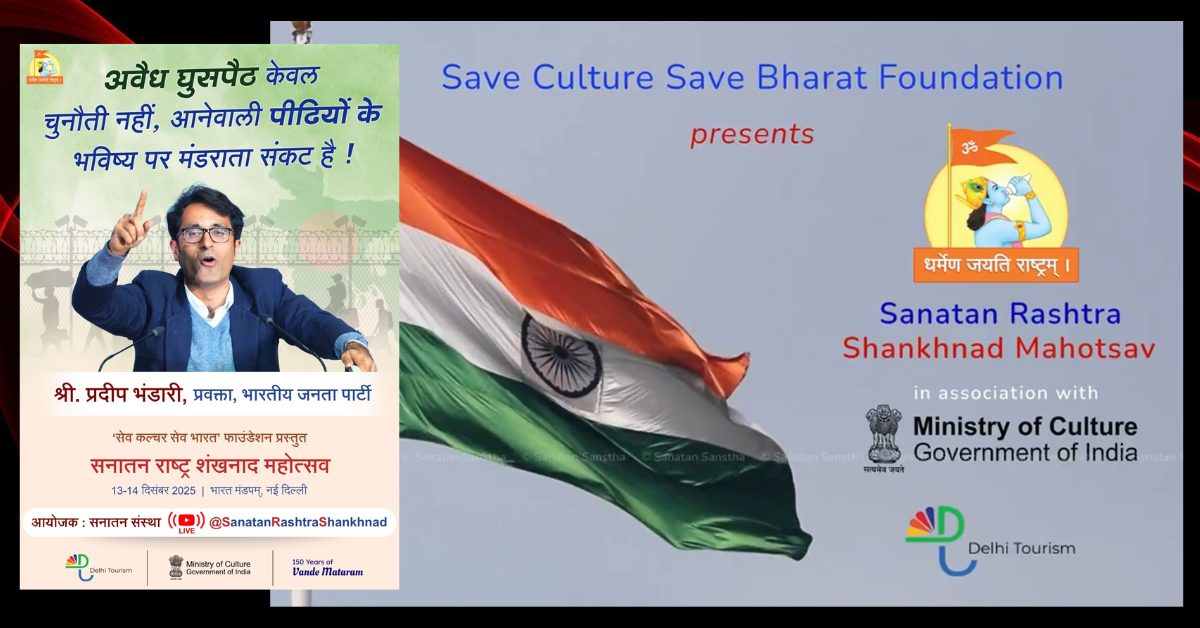
By NIKITA JAIN & MEGHNA PRAKASH / Article14
Baghpat: In the village of Vinaipur, in western Uttar Pradesh’s (UP’s) Baghpat district, 27-year-old Shahrukh Tyagi sat in his two-storey brick house holding his head. It had been more than a month since his father Dawood Ali Tyagi was killed by an inebriated mob.
While police said the murder was the result of growing tensions between two villages, Shahrukh said he was struggling to reconcile with the sudden devastation.
On 2 September, around 10:30 pm, wheat farmer 50-year-old Dawood Tyagi was sitting outside his house with a few family members when about 20 men on motorcycles, carrying lathis (bamboo sticks) and kattas (country-made handguns), entered the area.
According to eyewitnesses, the men identified Tyagi and his group as a target and charged towards them. While the others fled, Tyagi was slow to react, and the mob attacked him with sticks, beating him severely. The injuries—a gash on the head, blunt force trauma marks on the chest, legs, face and head from a lathi—proved fatal.
Four Gurjars, a Hindu caste included among other backward castes, were arrested, while 13 others, all Hindus, were still absconding, according to the Baghpat police, who said they were still investigating the case.
The residents of Vinaipur, 48 km north-east of Delhi, are predominantly farmers. The village has no precedent of communal tensions, and Tyagi’s murder has, for the first time, now caused fear among Muslims.
Despite eyewitness accounts that there were ‘Jai Shri Ram’ chants and though the arrested men told police there had been a preparatory meeting, Baghpat police denied that the attack was a “communal incident” or motivated by religious feelings.
The Vinaipur incident is one of several in UP involving attacks on minorities but not registered by police as a communal incident. Indeed, police in UP have said violent incidents of a communal nature declined in 2021.
Across India, victims in such cases continue to live in fear, of further violence and of family members being picked up by police while investigating counter-complaints (here, here, here and here).
Victims As Perpetrators In Crime Records
In many cases, victims of violence were named in the first information report (FIR) as participants in the violence.
A pattern including bad faith prosecutions and misuse of legal framework, said a 2022 report by global advocacy and legal practice group Free State Centre for Human Rights; the University of the Free State, Bloemfontein, South Africa; and the Amsterdam International Law Clinic, would lead to further deterioration in protections available to the targeted community owing to the “absence of an accountability framework”.
Of 902 hate crimes in India documented by Amnesty International between September 2015 and June 2019, UP alone accounted for a quarter. While 69% of the 902 crimes were against Dalits, Muslims, who are 19.26% of UP’s population, were victims in 22% of the cases.
Of 1,041 cases of anti-Muslim hate crime recorded between January 2014 and May 2022 by the Documentation Of The Oppressed (DOTO), an online platform for large-scale documentation of religious identity-based violence in India, UP accounted for 387, more than any other state, involving 3,273 victims of mob lynching, physical assault and of attacks on places of worship.
“We have no personal enmity with anyone,” said Shahrukh, Tyagi’s eldest son. “My father, grandfather or great grandfather have had no history at the police station. We are peaceful people.”
A Surge In Attacks
India has witnessed a rise in the number of attacks on Muslims, according to various reports (here, here and here).
The 2022 report of the panel of independent experts previously quoted said the scale and pattern of human rights violations against Muslims across India since mid-2019 was “alarming”.
“The acts of physical violence perpetrated on Muslims, including by state actors, combined with anti-Muslim hate speech and incitement disseminated through several platforms in the country, pose a serious threat to the survival of the religious minority,” said the report.
On 13 October, two Muslim youth were attacked in UP’s Prayagraj. Zaheer Khan, 32, was lynched while another person Yusuf Khan, 30, was seriously injured after a mob attacked them, reportedly suspecting them to be robbers, in the Khuldabad area.
In March, a Muslim man in Uttar Pradesh’s Noorpur village was lynched to death. Brothers Zafar and Noor were first assaulted by a group of villagers. The police, calling it a personal matter, registered a case against the two brothers, one of whom died after the assault.
As in Tyagi’s case, in these cases too, the lynching was viewed by the police as an “altercation between youth”.
In some cases, victims of violence were named in FIRs. The previous two cases show the same pattern.
“The Indian legal system provides a wide range of laws and institutions that are designed to combat religious discrimination,” said the 2022 report by the panel of experts. “However, the panel found sufficient grounds to conclude that the ideological and religious prejudices of the current government appear to be permeating all independent institutions, resulting in the lack of effective and adequate accountability initiatives.”.
This story was originally published in article-14.com . Read the full story here


